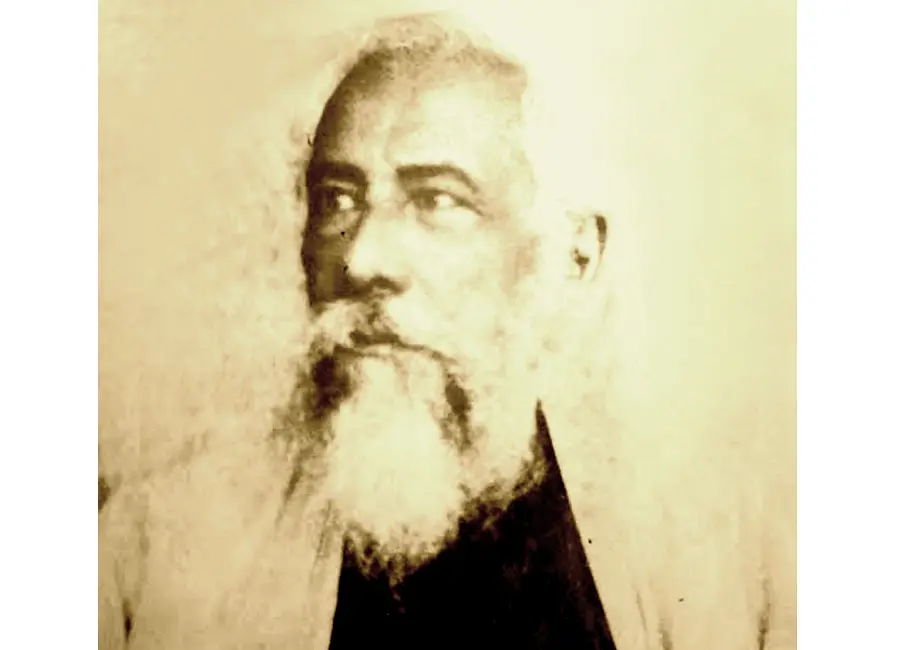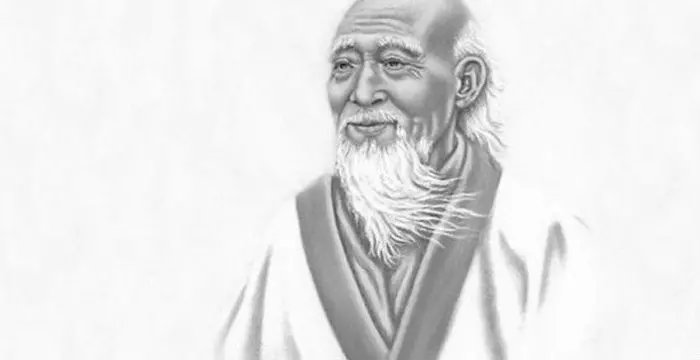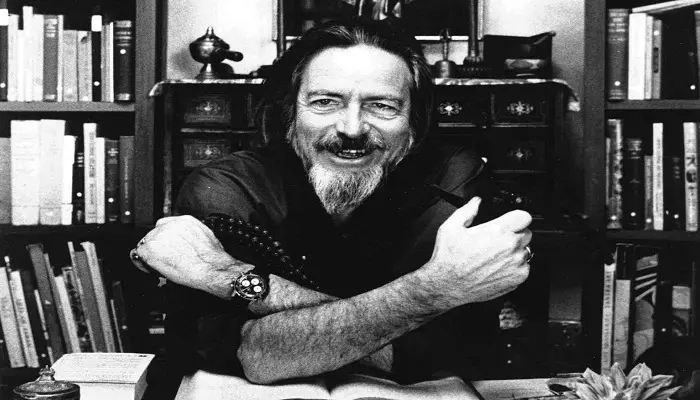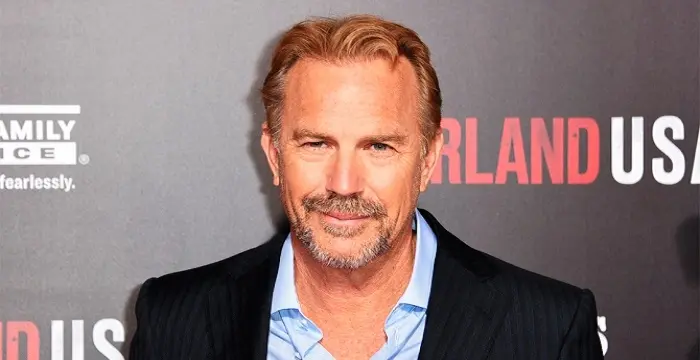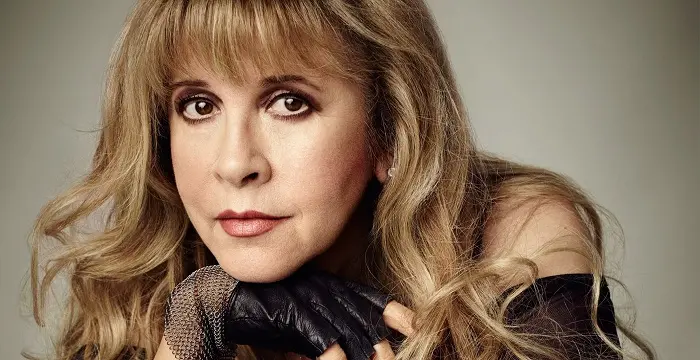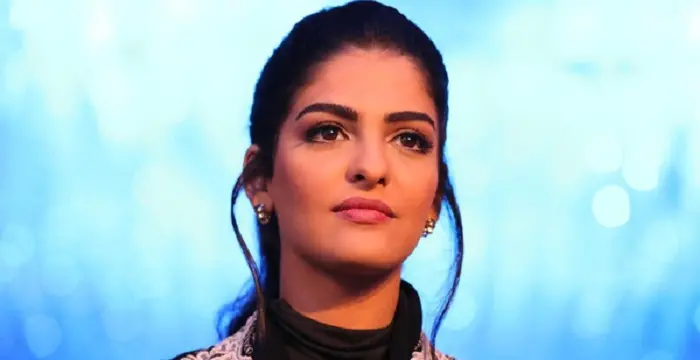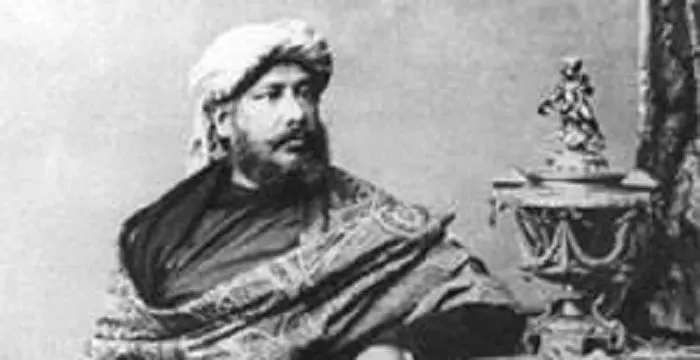
Debendranath Tagore - Intellectuals & Academics, Timeline and Childhood
Debendranath Tagore's Personal Details
Debendranath Tagore was an Indian religious reformer and Hindu philosopher
| Information | Detail |
|---|---|
| Birthday | May 15, 1817 |
| Died on | January 19, 1905 |
| Nationality | Indian |
| Famous | Philanthropists, Intellectuals & Academics, Philosophers |
| Spouses | Sarada Devi |
| Childrens | Rabindranath Tagore |
| Birth Place | Kolkata |
| Religion | Hinduism |
| Gender | Male |
| Father | Dwarkanath Tagore |
| Sun Sign | Taurus |
| Born in | Kolkata |
| Famous as | Philosopher |
| Died at Age | 87 |
// Famous Intellectuals & Academics
Bertil Gotthard Ohlin
Bertil Gotthard Ohlin was a famous Swedish economist. This biography profiles his childhood, family life & achievements.
Emily Greene Balch
Emily Greene Balch was an American economist, sociologist and pacifist who won the 1946 Nobel Peace Prize. This biography of Emily Greene Balch provides detailed information about her childhood, life, achievements, works & timeline.
Martin Buber
One of the greatest philosophers to have ever walked on earth, Martin Buber contributions to philosophy is a long-standing one. Explore all about his profile, childhood, life and timeline here.
Debendranath Tagore's photo
Who is Debendranath Tagore?
Debendranath Tagore was an Indian religious reformer and Hindu philosopher. He was one of the founders of the Brahmo religion. Born into a wealthy landowning family, he began his formal education at the age of nine and was taught Sanskrit, Persian, English, and Western philosophy. Deeply affected by the death of his grandmother to whom he was greatly attached, he was drawn to religion and began contemplating the meaning and nature of life. He commenced a deep study of religious literature, particularly the Upanishads and soon became uninterested in worldly affairs and began his search for the almighty. Debendranath Tagore was a deeply devout man who spread his religious understanding by forming the ‘Tattvabodhini Sabha’ which he later merged with the Brahmo Sabha. His role in the Bengal renaissance and the rejuvenation of Hinduism is of considerable significance. A philanthropist and social activist, he believed in democracy and his efforts helped to influence a generation of Indians. Often addressed as ‘Maharshi’, he was undoubtedly one of the greatest religious intellectuals born in India.
// Famous Philosophers
Martin Buber
One of the greatest philosophers to have ever walked on earth, Martin Buber contributions to philosophy is a long-standing one. Explore all about his profile, childhood, life and timeline here.
Lao Tzu (Laozi)
Lao Tzu was a legendary Chinese philosopher who wrote the important “Daodejing”. This biography profiles his childhood, life, career, achievements and timeline.
Alan Watts
Alan Watts was a famous British philosopher known for his Zen teachings and interpretations of Eastern philosophy. Read more about this great philosopher in the following article.
Childhood & Early Life
Debendranath Tagore was born on May 15, 1817, at Calcutta, Bengal, Bengal Presidency, to Prince Dwarkanath Tagore, a wealthy landowner and successful entrepreneur, and his wife, Digambari Devi.
After receiving his early education at home, he was enrolled at the Anglo-Hindu College in 1827. After attending the college for a brief period, he began supervising his family’s property and also showed interest in philosophy and religion.
In 1838, his grandmother passed away and he experienced a psychological change in himself. He became deeply involved in religion and began reading the Mahabharata, Upanishads, and books on many other religious as well as philosophical subjects.
Career
In 1839, under the guidance of Pandit Ram Chandra Vidyabageesh, Debendranath Tagore established the ‘Tattwabodhini Sabha’ to share his experiences and knowledge. Four years later, he introduced the ‘Tattwabodhini Patrika’ as a means to connect with the followers of the community.
While serving as the secretary of the Tattwabodhini Sabha, he stopped Hindu puja ceremonies and introduced 'Magh festival', 'Nababarsa', 'Diksa Din' and similar festivals.
In 1843, he revived the Brahmo Sabha, which had diminished since the death of Raja Ram Mohan Roy in 1833. Later, the Brahmo Sabha was formally merged with the Tattwabodhini Sabha and was renamed as ‘Calcutta Brahma Samaj’.
In 1848, he was instrumental in codifying the ‘Adi Dharma Doctrine’ as Brahmo Dharma Beej.
In 1850, he published a book titled ‘Brahmo Dharma’ which emphasized the fundamental principles of monotheism and rationality while rejecting the necessity of mediation between man and God, caste distinctions and idolatry.
In 1851, he was appointed as the Secretary of the ‘British Indian Association’ which aimed to represent Indian interests to the British government. As the Secretary, he campaigned for India’s political autonomy and to reduce the tax burden on the poor.
He also campaigned to promote universal primary education in India and established a Brahmo school. In 1863, he founded Shantiniketan, a retreat in rural Bengal, which was later transformed into an international university under the supervision of his youngest son, Rabindranath Tagore.
Major Works
Debendranath Tagore founded the 'Tattwabodhini Sabha' to facilitate discussions on different philosophies and later integrated the Brahmo Sabha with it. He also introduced the different forms of Brahmo worship which were later used by the community.
As the influence of Brahmoism spread throughout India under his leadership, he established himself as a person of particular spiritual accomplishment and came to be known as ‘Maharshi’.
He also got involved in active politics and was selected as the Secretary of the British Indian Association. While serving at the post, he made relentless efforts to terminate the chowkidari tax for the poor villagers and also demanded political independence for India from the British parliament.
Personal Life & Legacy
He married Sarada Devi and the couple was blessed with several children of whom 13 survived. All of their children went on to make a significant mark for themselves in their respective fields.
His eldest son, Dwijendranath, grew up to be a talented scholar, poet and music composer while his second son, Satyendranath became the first Indian to join the Indian Civil Services.
His third son, Hemendranath, was a scientist and organizer of the family while another son, Jyotirindranath, went on to achieve success as an accomplished scholar, artist, music composer and theatre personality.
His other sons were Birendranath, Somendranath, and Rabindranath Tagore, a Bengali polymath who reshaped Bengali literature and music, and won a Nobel Prize in Literature.
His daughters were Soudamini, Sukumari, Saratkumari, Swarnakumari, and Barnakumari.
Debendranath Tagore died on January 19, 1905, in Calcutta, India, at the age of 87.
// Famous Philanthropists
Kevin Costner
Kevin Costner is an American actor, director and singer who is best known for his portrayal of rugged individuals with complex emotions. This biography provides detailed information about his childhood, life, achievements, works & timeline
Stevie Nicks
Stevie Nicks is singer-songwriter rated among the 100 Greatest Singers of All Time by Rolling Stone Magazine. This biography of Stevie Nicks provides detailed information about her childhood, life, achievements, works & timeline.
Princess Ameerah Al-Taweel
Princess Ameerah Al-Taweel is a Saudi Arabian princess widely recognized for her philanthropy and activism. Check out this biography to know about her childhood, family, life history and achievements.
Debendranath Tagore biography timelines
- // 15th May 1817Debendranath Tagore was born on May 15, 1817, at Calcutta, Bengal, Bengal Presidency, to Prince Dwarkanath Tagore, a wealthy landowner and successful entrepreneur, and his wife, Digambari Devi.
- // 1827After receiving his early education at home, he was enrolled at the Anglo-Hindu College in 1827. After attending the college for a brief period, he began supervising his family’s property and also showed interest in philosophy and religion.
- // 1833 To 1843In 1843, he revived the Brahmo Sabha, which had diminished since the death of Raja Ram Mohan Roy in 1833. Later, the Brahmo Sabha was formally merged with the Tattwabodhini Sabha and was renamed as ‘Calcutta Brahma Samaj’.
- // 1838In 1838, his grandmother passed away and he experienced a psychological change in himself. He became deeply involved in religion and began reading the Mahabharata, Upanishads, and books on many other religious as well as philosophical subjects.
- // 1839In 1839, under the guidance of Pandit Ram Chandra Vidyabageesh, Debendranath Tagore established the ‘Tattwabodhini Sabha’ to share his experiences and knowledge. Four years later, he introduced the ‘Tattwabodhini Patrika’ as a means to connect with the followers of the community.
- // 1848In 1848, he was instrumental in codifying the ‘Adi Dharma Doctrine’ as Brahmo Dharma Beej.
- // 1850In 1850, he published a book titled ‘Brahmo Dharma’ which emphasized the fundamental principles of monotheism and rationality while rejecting the necessity of mediation between man and God, caste distinctions and idolatry.
- // 1851In 1851, he was appointed as the Secretary of the ‘British Indian Association’ which aimed to represent Indian interests to the British government. As the Secretary, he campaigned for India’s political autonomy and to reduce the tax burden on the poor.
- // 1863He also campaigned to promote universal primary education in India and established a Brahmo school. In 1863, he founded Shantiniketan, a retreat in rural Bengal, which was later transformed into an international university under the supervision of his youngest son, Rabindranath Tagore.
- // 19th Jan 1905Debendranath Tagore died on January 19, 1905, in Calcutta, India, at the age of 87.
// Famous Taurus Celebrities peoples
Jason Simpson
Jason Simpson is the son of former NFL running back, broadcaster and actor O. J. Simpson. Check out this biography to know about his childhood, family, life, and little known facts about him.
Sophie Reade
Sophie Victoria Reade is a British model and reality show star. Let’s take a look at her family and personal life, including her age, birthday, boyfriends, and some interesting facts.
ASMR Aspen
ASMR Aspen is an American YouTuber. Check out this biography to know about her birthday, childhood, family life, achievements and fun facts about her.
Bertil Gotthard Ohlin
Bertil Gotthard Ohlin was a famous Swedish economist. This biography profiles his childhood, family life & achievements.
Josh Temple
Check out all that you wanted to know about Josh Temple (Slogoman), the famous British YouTube Personality; his birthday, his family and personal life, his girlfriends, fun trivia facts and more.
Aidan Prince
Aidan Prince is an American dancer, actor and vlogger. Let’s have a look at his family and personal life including age, date of birth, net worth, and fun facts.
Debendranath Tagore's FAQ
What is Debendranath Tagore birthday?
Debendranath Tagore was born at 1817-05-15
When was Debendranath Tagore died?
Debendranath Tagore was died at 1905-01-19
Where was Debendranath Tagore died?
Debendranath Tagore was died in Kolkata
Which age was Debendranath Tagore died?
Debendranath Tagore was died at age 87
Where is Debendranath Tagore's birth place?
Debendranath Tagore was born in Kolkata
What is Debendranath Tagore nationalities?
Debendranath Tagore's nationalities is Indian
Who is Debendranath Tagore spouses?
Debendranath Tagore's spouses is Sarada Devi
Who is Debendranath Tagore childrens?
Debendranath Tagore's childrens is Rabindranath Tagore
What is Debendranath Tagore's religion?
Debendranath Tagore's religion is Hinduism
Who is Debendranath Tagore's father?
Debendranath Tagore's father is Dwarkanath Tagore
What is Debendranath Tagore's sun sign?
Debendranath Tagore is Taurus
How famous is Debendranath Tagore?
Debendranath Tagore is famouse as Philosopher



